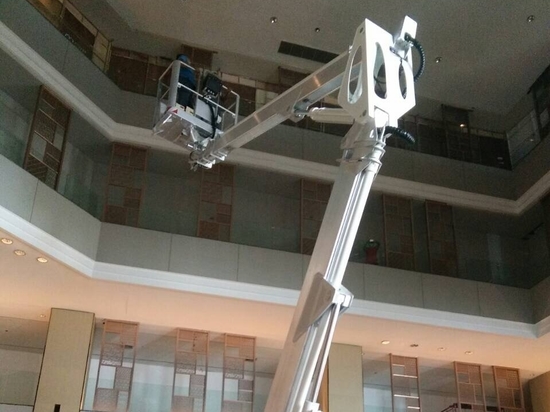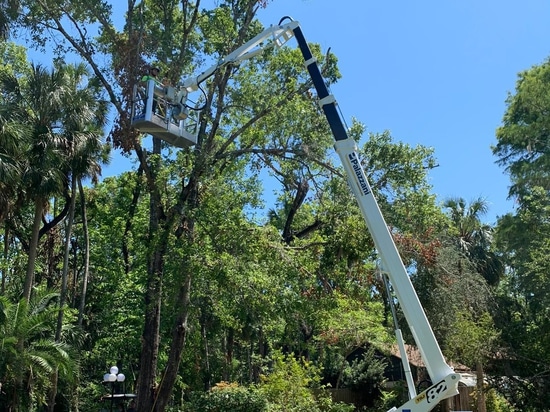
#Industry News
CAN-bus: what is it and how it works
Towards the end of the 1980s, the CAN-bus system was introduced by Robert Bosch GmbH for the purpose of connecting various ECUs (electronic control units).
In 1987, Intel in collaboration with Bosch developed the first CAN-bus network chip called 82256 and, in 1995, the standard for the extended protocol called CAN 2.0 B was born.
By discovering its meaning, you will understand better what it is. First, this data system has many advantages that we will describe paragraph by paragraph
What does CAN bus mean? First the name; CAN stands for the so-called Controller Area Network technology. It is a real on-board network protocol, an intelligent electrical system that transmits data in a new and different way compared to the old control units.
Palazzani Spider Lifts mount new control units which are very like personal computers, with their own operating system, a program to run and are networked together. Sharing information is the target of CAN bus. The system allows also to diagnose faults and anomalies autonomously and intelligently and notify them to the operator via message or alert on the touch screen monitor present on all Palazzani platforms range from TSJ 23.1 to XTJ 52+. This advanced electronic system increases also importantly the machine safety through an on-board PC or control unit that constantly monitors all the crucial parameters of the machine.
The CAN-bus advantages are:
• Significantly reduction of the wiring on the machine;
• Information provided in real time;
• Immunity to electromagnetic wave disturbances;
• Possibility to add or remove nodes (control units) without having to reorganize the whole system;
• Top reliability;
• Possibility of integration with communicating embedded systems;
• Excellent transmission channel management;
• Possibility of collecting a huge amount of technical information on board





